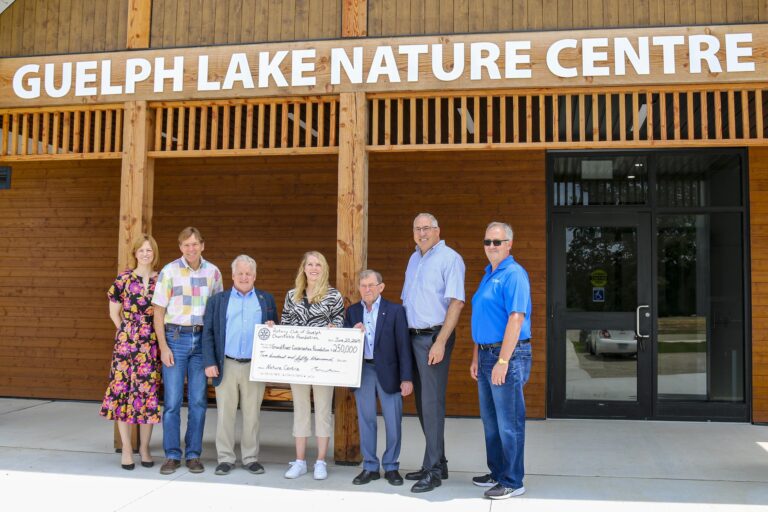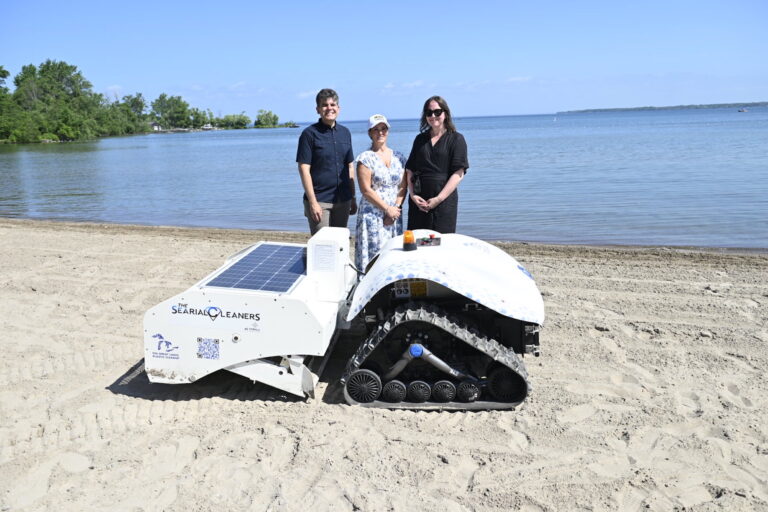Tuesday, July 1, 2025
The Ministry of Environment and Climate Change has announced approximately $66 million in funding to support 42 Indigenous-led conservation projects across the country. These projects aim to conserve more land that will support Canada’s area-based conservation targets.
The Indigenous-Led Area-Based Conservation initiative provides funding to Indigenous peoples to lead, or co-lead, projects to establish protected areas or recognize Other Effective area-based Conservation Measures, many of which may lead to the creation of Indigenous Protected and Conserved Areas.
“Indigenous peoples have long taken care of the land we all share, and these Indigenous-led projects are a testament to their unique perspectives, knowledge, rights, and cultural responsibilities to teach, inspire, and help improve natural balance,” said Steven Guilbeault, Minister of Environment and Climate Change. “It is only by working in partnership with Indigenous peoples and recognizing their traditional roles, knowledge, and science that we can slow biodiversity loss and achieve Canada’s conservation goals.”
Projects funded through this initiative include:
- The Unama’ki Institute of Natural Resources, The Confederacy of Mainland Mi’kmaq, and the Eskasoni Fish and Wildlife Commission, receiving a combined total of up to $10.2 million over three years to support the protection of ecologically and culturally significant land across Nova Scotia.
- The Council of the Abitibiwinni First Nation, receiving up to $1.4 million over three years to support a cross-border Indigenous Protected and Conserved Area south of James Bay. The project aims to conserve land in Quebec and Ontario to support woodland caribou within the range of the Detour Kesagami Caribou population.
- Meadow Lake Tribal Council, receiving nearly $1.5 million over three years to support efforts to establish protected and conserved areas in northwest Saskatchewanby 2026. Five Cree and four Dene First Nations are working together to protect and conserve biodiversity and culturally significant land and resources and develop community capacity.
To date, 94 Indigenous communities across the country have received a combined amount of $202 million in Indigenous-Led Area-Based Conservation funding, and its precursor Target 1 Challenge, to either establish new protected areas or Other Effective area-based Conservation Measures or undertake early planning and engagement work that could result in new conservation areas. Some of those projects are nearing completion and will contribute to meeting Canada’s goal of conserving 30 per cent of land and water in Canada by 2030.
“The Unama’ki Institute of Natural Resources has been Unama’ki’s voice on Mi’kmaq-led conservation for 25 years. Working closely with our communities, Elders, and Knowledge Holders, the Unama’ki Institute of Natural Resources’ work is guided by Mi’kmaw traditional laws of Sespite’tmej (caring for our territory), Msit No’kmaq (all our relations and everything is connected), and Etuaptmumk (two-eyed seeing),” said Lisa Young, executive director of the Unama’ki Institute of Natural Resources. “The Indigenous-Led Area-Based Conservation funding allows us to work with our partners using a two-eyed seeing approach to protect lands and waters for future generations.”
Expanding Canada’s network of protected and conserved areas helps address issues such as biodiversity loss and climate change, while also providing important benefits for Indigenous communities, the natural environment, and species at risk.
For further information, visit: Indigenous Environmental Leadership, Funding, and Initiatives
Featured image credit: Government of Canada (Indigenous Guardians program)











